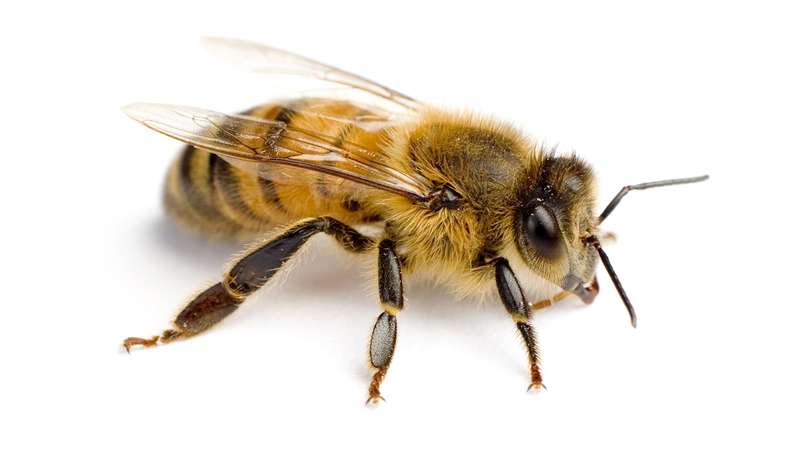Queens NY Bees Wasp Pest Control

Queens NY Bees Wasp Pest Control
Queens NY Bees Wasp Pest Control are available 24 hours a day 7 days a week. We focus on removing bees and wasps from your property. Please feel free to call us to get started with the process. Your family and pets will be safe after we apply our industry leading pest control exterminator’s solutions.
Some species including honey bees, bumblebees, and stingless bees live socially in colonies. Bees are adapted for feeding on nectar and pollen, the former primarily as an energy source and the latter primarily for protein and other nutrients. Most pollen is used as food for larvae. Bee pollination is important both ecologically and commercially. The decline in wild bees has increased the value of pollination by commercially managed hives of honey bees. Bees are flying insects closely related to wasps and ants, known for their role in pollination and, in the case of the best-known bee species, the western honey bee, for producing honey and beeswax. Bees are a monophyletic lineage within the superfamily Apoidea and are presently considered a clade, called Anthophila. There are over 16,000 known species of bees in seven recognized biological families.[1][2] They are found on every continent except Antarctica, in every habitat on the planet that contains insect-pollinated flowering plants.
Wasps first appeared in the fossil record in the Jurassic, and diversified into many surviving superfamilies by the Cretaceous. They are a successful and diverse group of insects with tens of thousands of described species; wasps have spread to all parts of the world except for the polar regions. The largest social wasp is the Asian giant hornet, at up to 5 centimetres (2.0 in) in length; among the largest solitary wasps is a group of species known as tarantula hawks, along with the giant scoliid of Indonesia (Megascolia procer). The smallest wasps are solitary chalcid wasps in the family Mymaridae, including the world’s smallest known insect, with a body length of only 0.139 mm (0.0055 in), and the smallest known flying insect, only 0.15 mm (0.0059 in) long.
Wasps have appeared in literature from Classical times, as the eponymous chorus of old men in Aristophanes’ 422 BC comedy Sf??e? (Sphekes), The Wasps, and in science fiction from H. G. Wells’s 1904 novel The Food of the Gods and How It Came to Earth, featuring giant wasps with three-inch-long stings. The name “Wasp” has been used for many warships and other military equipment.

